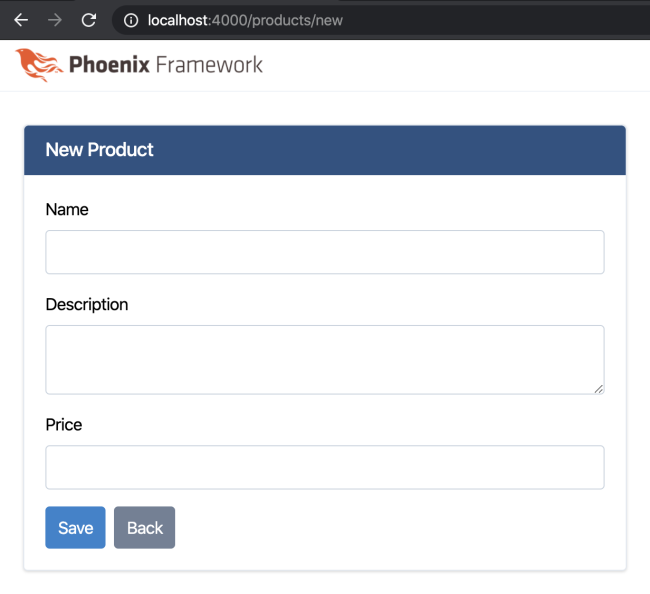

We want to provide immediate feedback to our users when the information they’re providing is missing or incorrect.
#Phoenix liveview form registration
Think of a registration form on a web page. If that doesn’t immediately make sense, let’s take a step back and consider the problem.
#Phoenix liveview form code
The new feature, tentatively called “LiveView”, allows developers to add dynamic, client-side interactions to web pages, using code that runs in Elixir on the server. So far, I am satisfied with what I have been able to achieve, and I intend to keep using it in the future.In his keynote at ElixirConf last week, Chris McCord announced a new feature for the Phoenix web framework that caused many jaws to hit the floor, and had the hall buzzing when the talk was over. There are many other benefits that LiveView broughts to the table, but in this case it is worth evaluating what is your requirement before proceeding with it. There are ways to integrate it with some client side technologies, but that will probably take more time than doing it directly with JS and ajax.

Once the connection is established, there are some events in the client that propagate to the server, the server updates the state, and a minimal DOM diff (DOM differences with respect to the old version) is then sent to the client to be rendered. The client connects to LiveView via websockets.The html is rendered and sent to the client.The view is mounted (an actual function named mount is called, initializing the view).The user sends a regular HTTP request to the page where LiveView is being used.LiveView provides a third way: Writing server-side code only, while providing real-time interactivity and avoiding page reloads. The second approach does not need to reload the page and can be made to be highly interactive, but additional complexity is added as a separate application needs to be created and maintained for this seemingly simple task. The first approach requires a page reload and will not be interactive at all. Javascript application using ajax to retrieve the information from an API.Form submitted via http, with the fields being the parameters to filter.There are 2 approaches that quickly come to mind (which I assume the reader is familiar with): I propose the following (common case) scenario: We need to filter data from a database and the size of the data is big enough to discourage from filtering directly in javascript. In this post, I will try to illustrate how it works, by showing a use case where I successfully applied it. It enables us to implement interactive applications without using javascript beyond the bare minimum.


 0 kommentar(er)
0 kommentar(er)
